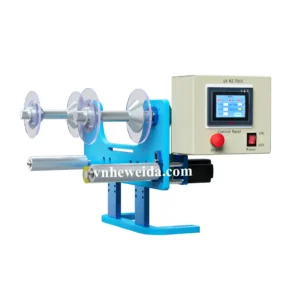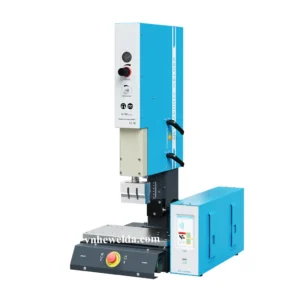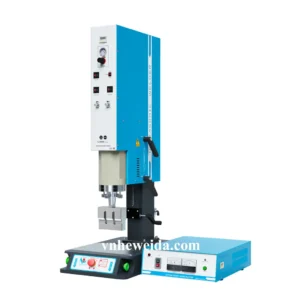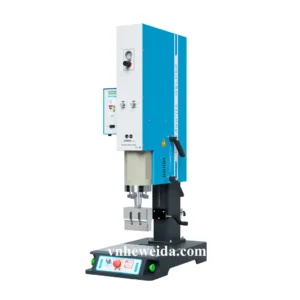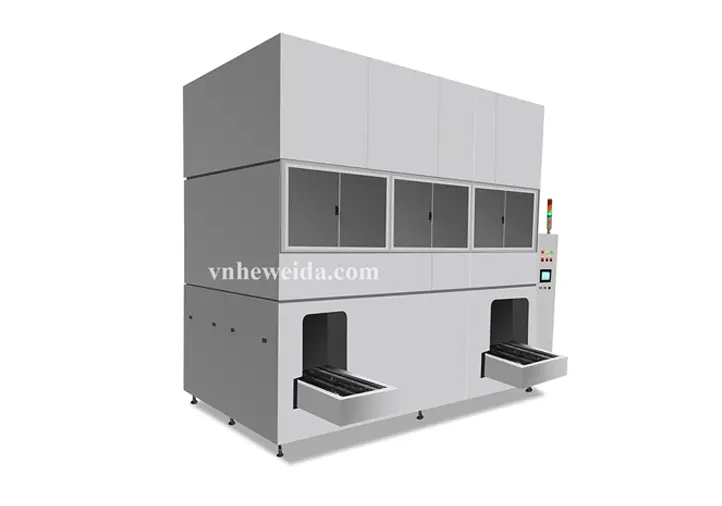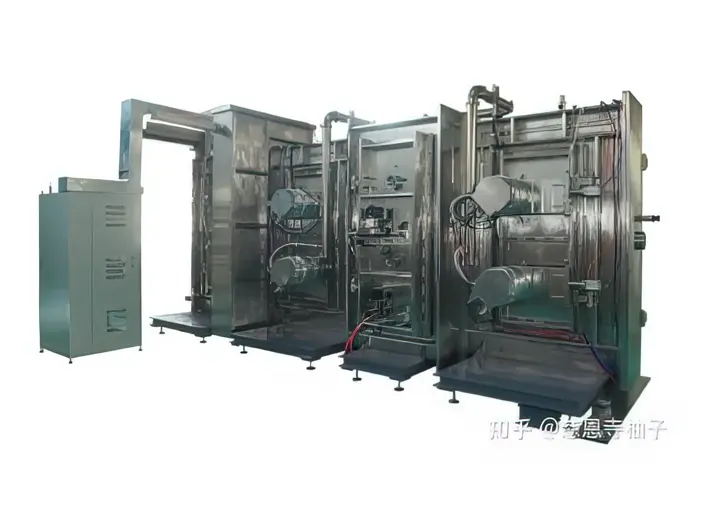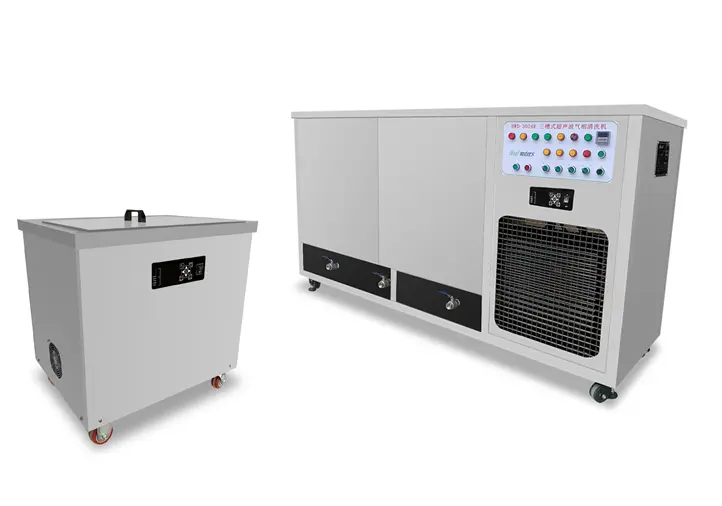What is Ultrasonic Plastic Welding?
Ultrasonic welding is the process of converting 50/60 Hz electrical current into ultrasonic energy at frequencies of 15kHz, 20kHz, 30kHz, or 40kHz through a control unit (ultrasonic generator). High-frequency electrical energy is transformed into mechanical motion at the same frequency through an ultrasonic vibrating horn, which then transmits this mechanical motion to the welding tooling via a replaceable component (the coupling between the horn, the stud, and the welding fixture).
The welding tooling transfers the ultrasonic energy to the location where the product needs to be welded. In this area, the ultrasonic energy is converted into thermal energy through friction, heating, and melting the plastic.
Ultrasonic welding is not only used for welding plastic, both soft and hard, but also for welding fabric and PE film.
The main components of an ultrasonic welding system include the control unit, the ultrasonic horn, a set of welding tooling (comprising both the upper and lower welding fixtures), and the machine frame.
Ultrasonic welding utilizes the heat generated at the contact surface of the welding fixture and the workpiece to melt the plastic. The thermal energy is applied under a certain pressure, and the workpiece (part 1) moves back and forth on another workpiece (part 2) with a certain displacement or amplitude. When the desired level of welding is achieved, the vibration stops while maintaining a certain pressure on both workpieces, ensuring that the newly welded joint cools and solidifies, creating a strong bond.
Rotary welding (orbital welding) is a friction-based welding method. During the orbital friction welding process, the upper workpiece rotates at a constant speed and moves 360 degrees.
This motion can generate heat energy, causing the welding portions of the two plastic parts to reach their melting points. As the plastic begins to melt, the motion stops, and the welded parts cool and solidify, forming a secure bond. Low clamping force results in minimal deformation of the workpiece, making rotary welding suitable for parts with a diameter of less than 10 inches.
Ultrasonic Plastic Welding Operation Principle
When ultrasonic waves act on the contact surface of plastic, tens of thousands of vibrations per second are created. This high-frequency vibration, when at a certain amplitude, transmits ultrasonic energy to the welding area through the ultrasonic horn. The high electrical resistance at the contact surface between the two welding pieces generates high temperatures.
Due to the poor thermal conductivity of plastic, it does not immediately dissipate but concentrates in the welding area. When pressure is applied for a few seconds after the ultrasonic waves stop, the material solidifies, and strong molecular bonds form, achieving the welding purpose. The resulting molecular chain is as strong as the raw material’s strength.
The quality of ultrasonic plastic welding depends on three factors: the amplitude of the welding head, the applied pressure, and the welding time. The welding time and pressure can be adjusted, while the amplitude is controlled by the welding head and its amplitude.
Critical factors: If the ultrasonic energy exceeds the allowable limit, the plastic’s melting point will be high, potentially causing deformation of the welded product. If the ultrasonic energy is too low, the welding joint may not be secure. Therefore, adjusting the energy to the right level and applying the correct pressure is crucial.
Optimal pressure is the product of the length of the welding edge and the optimal pressure per 1mm of edge.
Ultrasonic Metal Welding Principle
Ultrasonic metal welding is a special method that uses mechanical vibration energy at ultrasonic frequencies (greater than 16KHz) to join similar or dissimilar metals. The contact layer between the metal sheets oscillates at high frequency at the contact point, causing localized heating and solidification, creating a weld. This welding method does not alter the microstructure, so it does not change the electrical resistance when passing through the weld.
Metallurgical bonding between the joints is achieved without melting the base metal. Therefore, it effectively overcomes phenomena such as splashing and oxidation during resistance welding.
Ultrasonic metal welding machines can perform spot welding, multipoint welding, and short strip welding on hair-thin wires or colored metal materials such as copper, silver, aluminum, and nickel. It is widely used in welding thyristor leads, lead-acid battery plates, lithium battery pin tabs, and tabs.
Welding Methods:
1. Welding Method: Under moderate pressure, the ultrasonic welding tooling with an extremely high-frequency generates heat friction at the joint surface of two plastic pieces, causing an immediate melting of the joint. This can achieve waterproof and airtight seals, simultaneously eliminating the inconvenience of using auxiliary products and achieving welding efficiency.
2. Ultrasonic Staking Method: An ultrasonic horn with an extremely high-frequency is pressed onto the protruding part of the plastic product, causing the plastic product to heat up immediately and melt into a stud shape. This allows different materials to be securely bonded together.
3. Embedding Method: With the movement of the welding tooling and appropriate pressure, metal components (such as screws and bolts) are immediately pressed into dedicated holes in the plastic, securing them at a specific depth. Once completed, both the tensile force and torque can be compared to traditional methods. The durability of the molded part in the mold can avoid defects that can damage the mold and slow down the injection molding process.
4. Shaping Method: This method is similar to the ultrasonic staking method. A concave ultrasonic horn is pressed onto the outer ring of the plastic product. After the welding tooling emits ultrasonic vibrations and high-frequency waves, the plastic melts and forms a metal-coated surface for fixation. It results in a smooth and aesthetically pleasing finish. This method is often used for securing electronic components, speakers, and aesthetically encasing lenses.
5. Spot Welding: A. Welding two plastic pieces at separate points without the need to pre-design welding paths to achieve the welding purpose. B. For relatively large workpieces with complex welding paths, spot welding can be performed at separate points to achieve welding efficiency, and multiple points can be welded simultaneously.
6. Cut and Seal: The principle of immediate ultrasonic vibration is utilized to cut chemical fiber fabric. The advantages include smooth incisions without cracking or pulling.


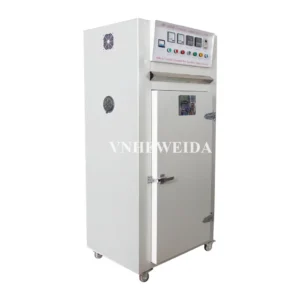
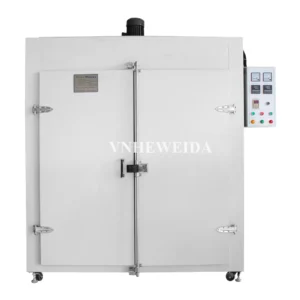
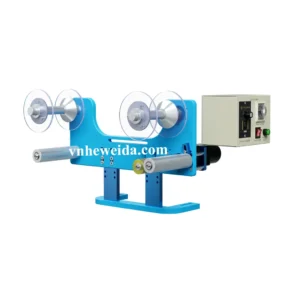
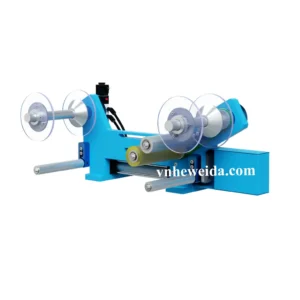
-300x300.webp)
